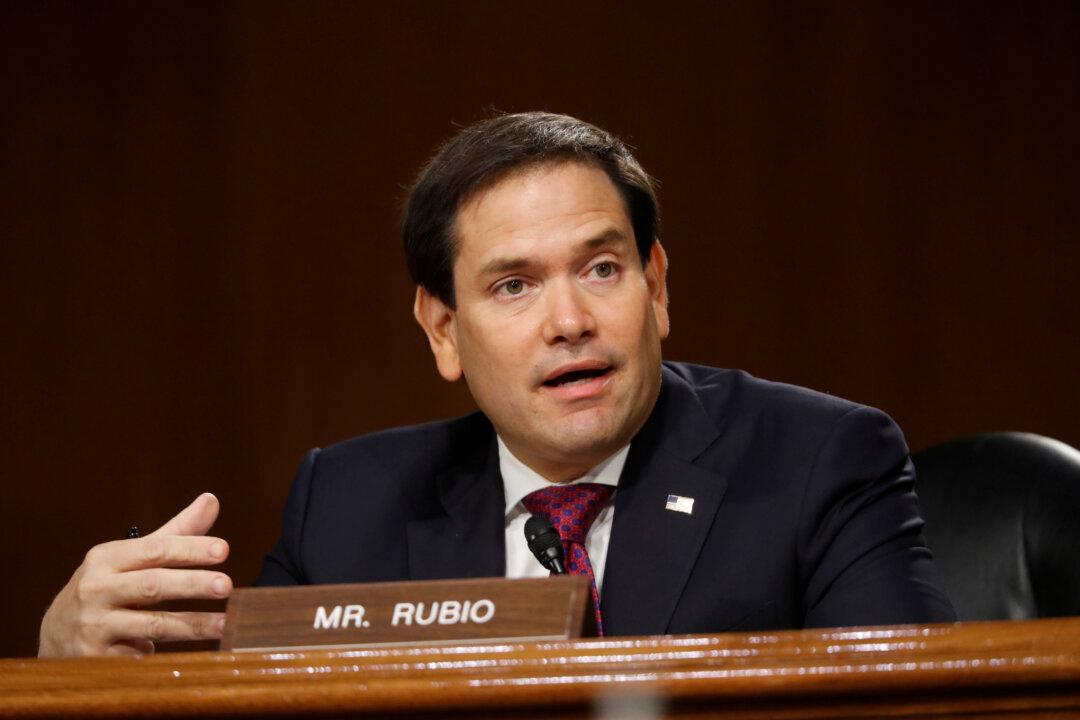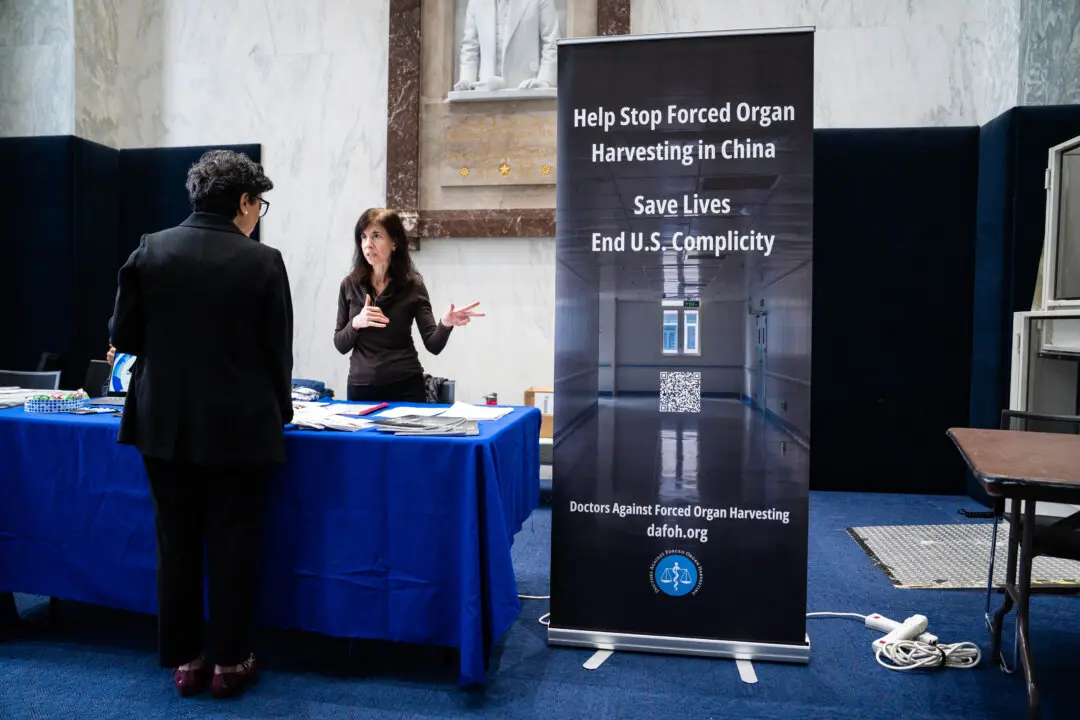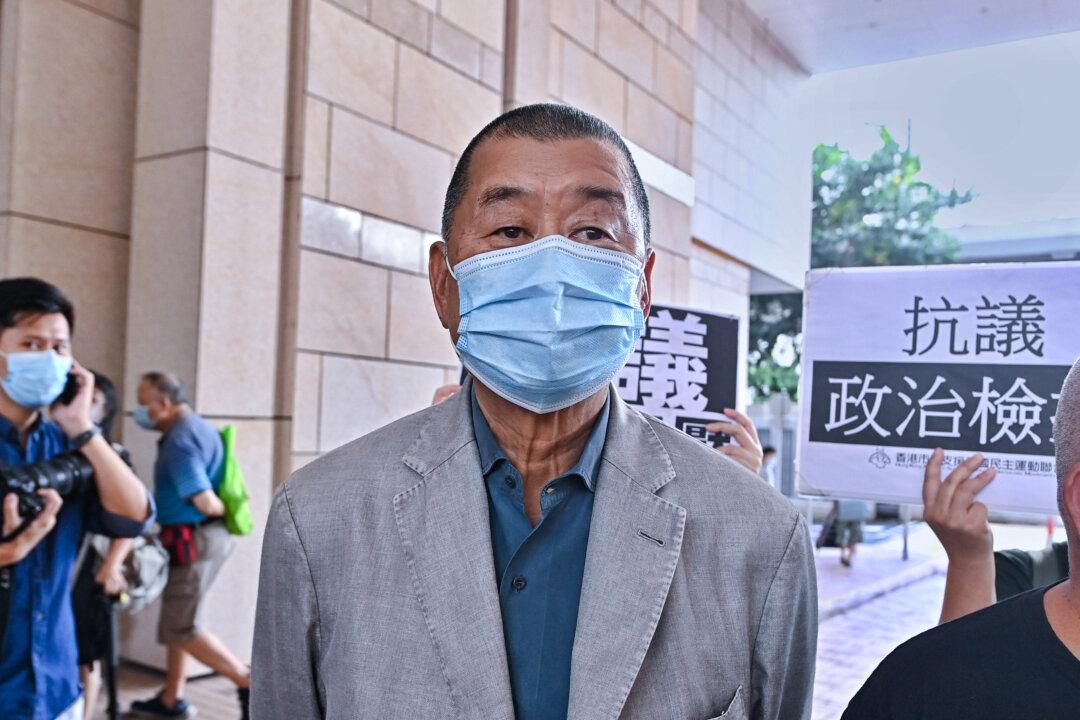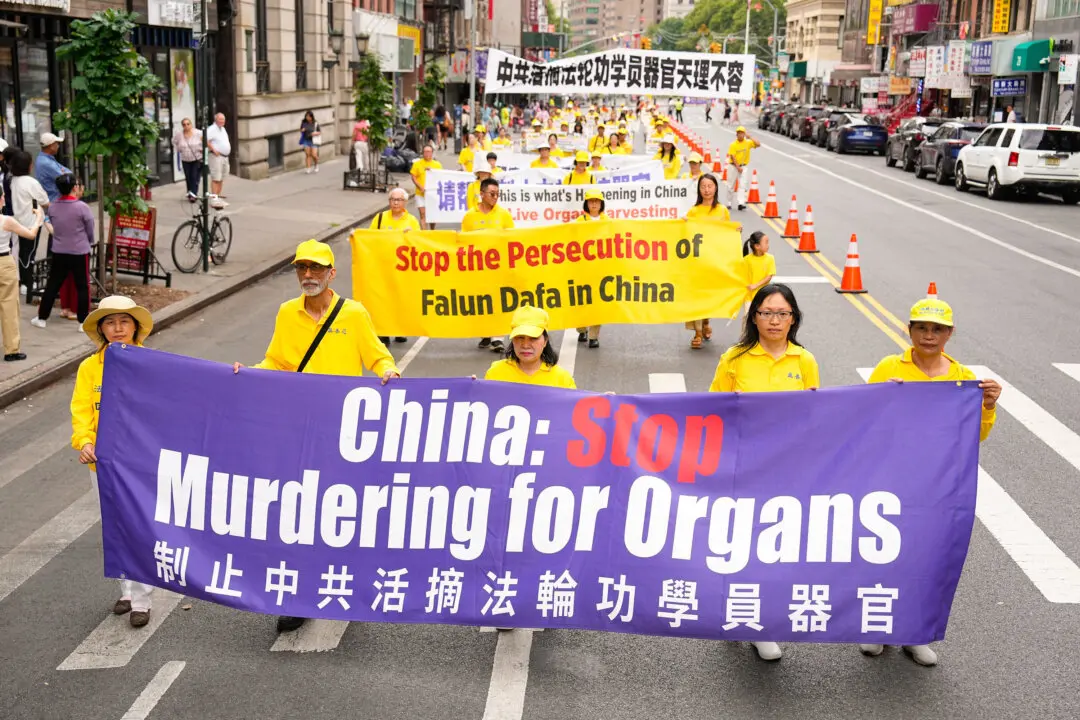Sen. Marco Rubio (R-Fla.) is demanding answers from Twitter after the social media giant refused to remove a tweet by a Chinese official that contained a doctored violent image.
The fake image, showing an Australian soldier threatening a young child with a knife at the throat, was posted on Twitter by China’s foreign ministry spokesperson Zhao Lijian on Nov. 30. Zhao used the image to accuse Australian soldiers of “murdering Afghan civilians.” He posted the tweet following a recent investigation that found that some Australian special forces soldiers killed unarmed prisoners and civilians in Afghanistan between 2005 and 2016.





